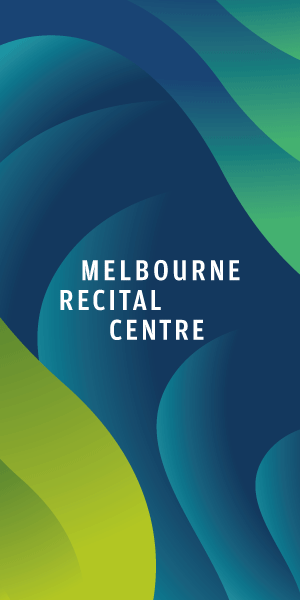Old Melbourne Law Court
This unpretentious wooden building with veranda nestled in among much taller, more impressive edifices was one of the earliest public buildings in Melbourne. Located on the north-west corner of Russell and La Trobe streets, its foundation stone was laid in 1842 and the building was completed in 1843. Its style speaks to its age.
To begin with, it was used for Supreme Court sittings until a new courthouse was constructed in 1853. That building is to the left of the Old Law Court in this image. Eventually, the Supreme Court relocated to William St in 1884. The Old Court later served as the Petty Sessions Courthouse and on the windows on the La Trobe St frontage are the remnants of a sign identifying it as the Civil Sessions and Debts Court (identified in an 1895 MMBW plan as the Summons and Debt Court). It served in this capacity until 1910 when the buildings were demolished and replaced with the City Court.
A complex of other law and order related buildings grew up around this old courthouse and the Melbourne Gaol (now the Old Melbourne Gaol) was next door on Russell St. The precinct was the scene of many trials, but two stand out in the public imagination.
The Eureka Stockade trials were held in the courthouse in February and March 1855, Chief Justice Sir William a’Beckett presiding. The charge was high treason. The 13 men on trial had been held at the Melbourne Gaol since December 7, 1854, four days after the rebellion. The drama of the evidence was equalled by the drama in the courtroom. In the end, they were all acquitted.
Bushranger Ned Kelly has always played a huge part in the Australian public’s imagination and the story of the Kelly Gang has been told, retold and reimagined many times. It seems unlikely that such a larger-than-life figure should be tried in such an unpretentious setting, but it was here that his trial was held at the end of October 1880. Here the dramatic witness statements were heard. Here the jury took just 25 minutes to deliver its verdict. Here Judge Redmond Barry brought down the sentence of death. And, on November 11, 1880, just down the road at the Melbourne Gaol, he was executed.
In contrast to such dramatic scenes, the streetscape you see here (from the Royal Historical Society’s images collection) is formal and lifeless. Along Russell St, which dominates the foreground of the image, can be seen iron rails embedded into the road surface and horse droppings, a reminder that the St Kilda Beach and North Carlton horse tram used to travel this route. Heading west along La Trobe St takes you past the Police Office to the Working Men’s College (now RMIT University). On the other side of the street the National Art Gallery, with its Russell St frontage, gave way to the Melbourne Public Library and Museum (now the State Library of Victoria). An impressive neighbourhood of public buildings.
The massive embankment at the front of this building is taller than the boy pictured walking in the direction of the Museum, now part of the State Library of Victoria, and is held back by bluestone pitchers, a ubiquitous material used in buildings and road making during the goldrush era. The gutters are made of bluestone, too, a material that can still be seen in some lanes in the CBD and in inner suburbs like Carlton and Brunswick.
This embankment, and a substantial ramp on the La Trobe St frontage, remind us that from the first, white settlers manipulated the landscape to suit their needs and that the streetscapes we see today do not necessarily reflect the topography of the area in the thousands of years that preceded the colonisers.
It is hard to imagine now a Melbourne that is not dominated by the built environment, but once this was a landscape where Aboriginal people lived, hunted and met. The rivers that later provided water for agriculture and household use were a rich source of fish, eels and other aquatic foods. The basalt plains that provided an abundance of the bluestone you see in this image were the places where emus roamed and murnong (yam daisies) grew. With white settlement, an ancient landscape gave way to a reimagining of a way of life left behind in Europe.
By the 1840s, few Aboriginal people lived in Melbourne. By then, this courthouse was already built and operating, imposing a system of justice far removed from that of the people who had never (and have never) ceded their land. •

City of Melbourne unveils next urban forest plan for the CBD








 Download the Latest Edition
Download the Latest Edition